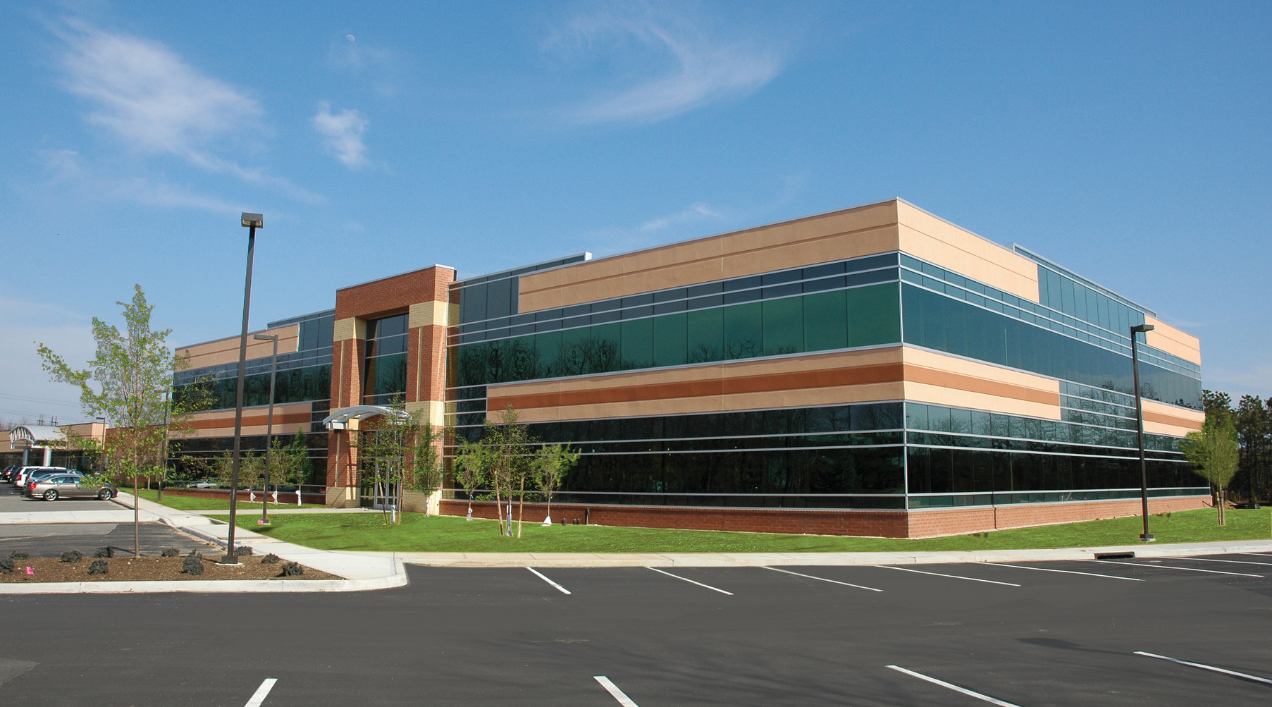As the commercial real estate market limps along in the midst of a global recession, some investors say they believe that at least one sector, medical office buildings, might serve as a crutch, as it has in past economic downturns.
“There certainly are investors who want this type of property in their portfolio,” said Dan Fasulo, a managing director at Real Capital Analytics. “It’s kind of a recession-proof bet, if you will. We did have a spike in activity for these properties in the last slowdown in 2002 and 2003.”
Although there was a sharp drop in the sales of medical buildings in the last quarter of 2008, real estate professionals say such properties are still being viewed favorably by lenders.
“There is still real leverage out there, and there is still the ability to get these deals done, versus a standard office building or shopping center,” said Neil R. Shapiro, chairman of the health care finance group at the law firm of Herrick Feinstein in Manhattan.
William Sanchez, a senior vice president at Bank of America, said: “Bank of America is active in providing solutions to the health care industry, because of its growth potential, particularly in New York City and across our franchise. This is recognized as an industry that can sustain itself, and in fact grow, during challenging economic periods.”
Some development of medical office buildings continues. A privately developed 30,000-square-foot medical condominium building will open in February in Manhattan at 429 East 75th Street, just east of First Avenue. Also, a 15,000-square-foot building with medical offices for lease is under development at 261 East 78th Street, between Second and Third Avenues.
These types of buildings are rare in Manhattan, where doctors typically open on the ground floors of residential towers or take conventional office space, said Paul Wexler, president of Corcoran Wexler Healthcare Properties and a broker of medical buildings for more than two decades.
He said three sales were under negotiation at 429 East 75th Street, a six-story building where 2,200- to 5,700-square-foot offices are listed at prices of $1,075 to $1,350 a square foot, though there were no signed contracts as yet.
“With the medical-space market, there is, for the most part, a shortage of these types of spaces,” Mr. Wexler said.
In recent years, landlords have begun viewing doctors as particularly desirable tenants, said Robert J. Coughlan, a principal at the Tritec Real Estate Company, which has developed more than 300,000 square feet of medical offices on Long Island in the last 20 years.
“Doctors’ groups don’t like to change locations,” he said, leading to leases of eight years on average, compared with terms of three to five years on typical nonmedical leases. “A few years ago, financial institutions started realizing this, and the fact that doctors have very low default rates. Banks love doctors, they love the cash flow.”
Because of changes in the way health care providers are reimbursed by insurers, doctors have been consolidating into larger medical groups. “From being in about 1,000 square feet, perhaps working out of a home on Main Street, your average medical group now is about 8,000 to 8,500 square feet,” Mr. Coughlan said.
Read the full article in The New York Times.

